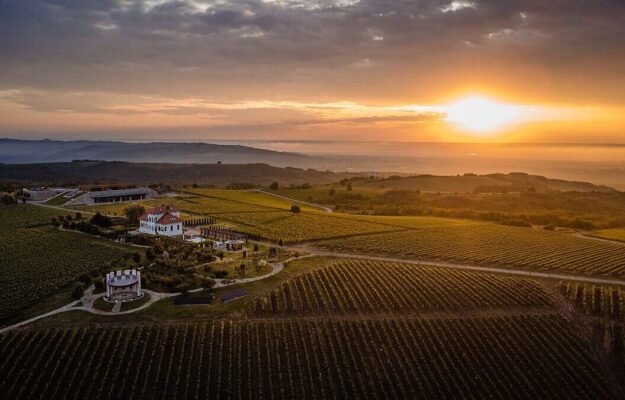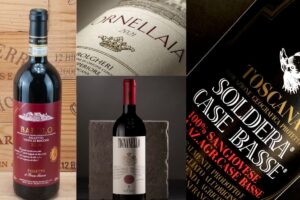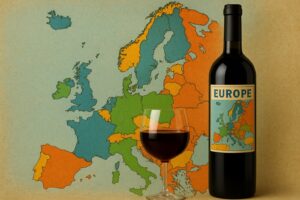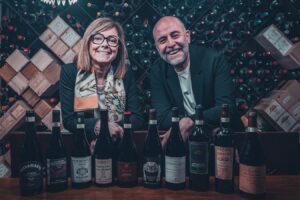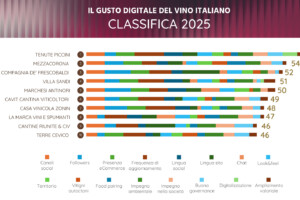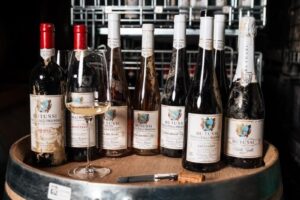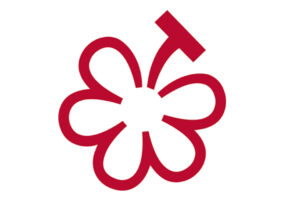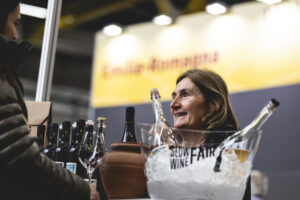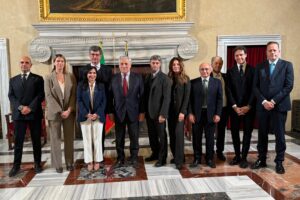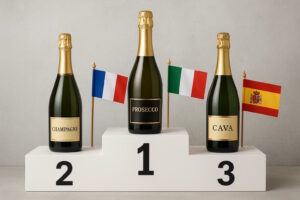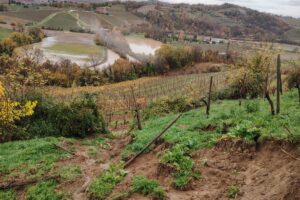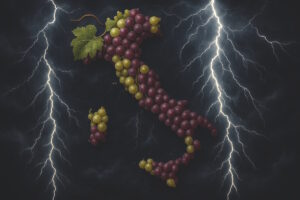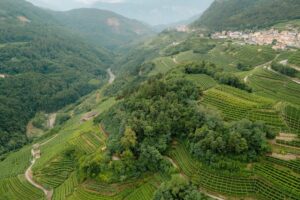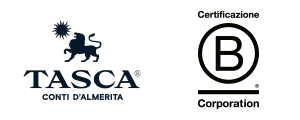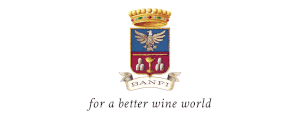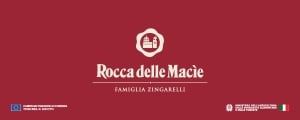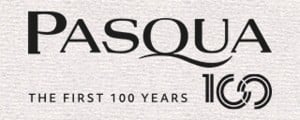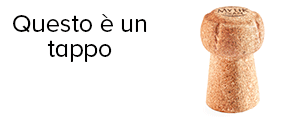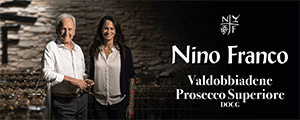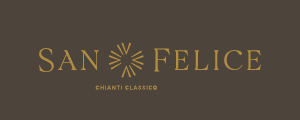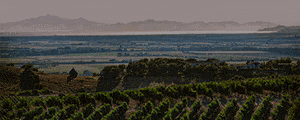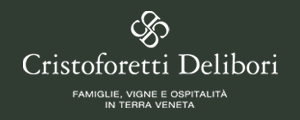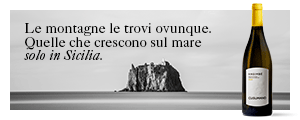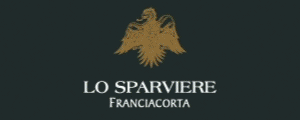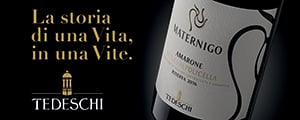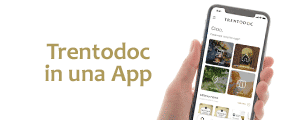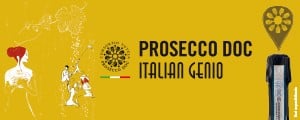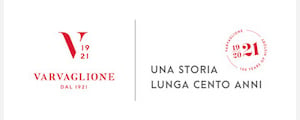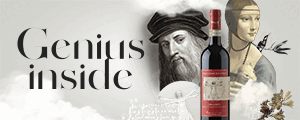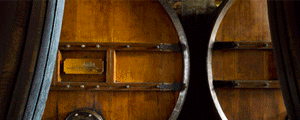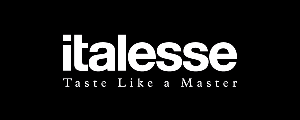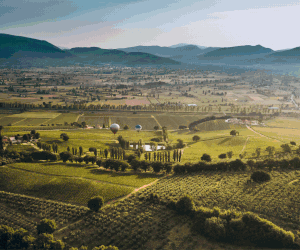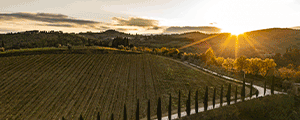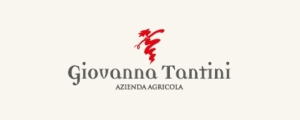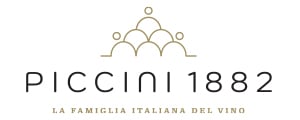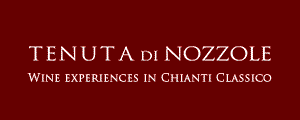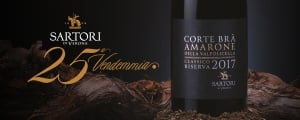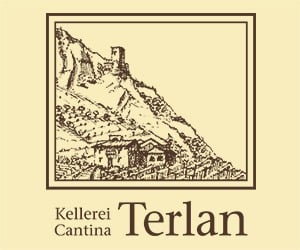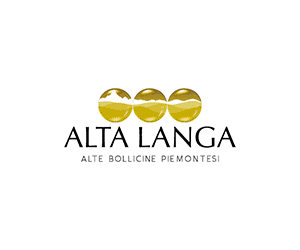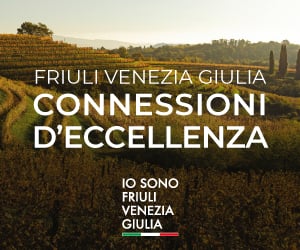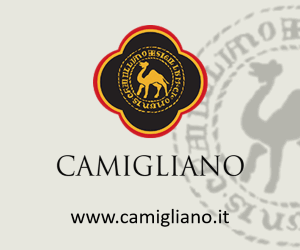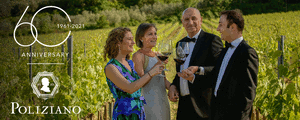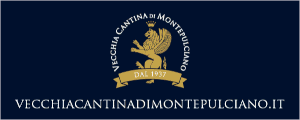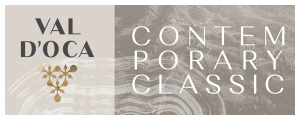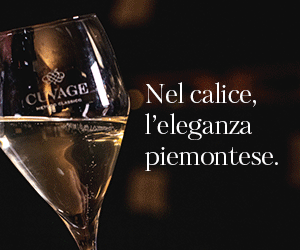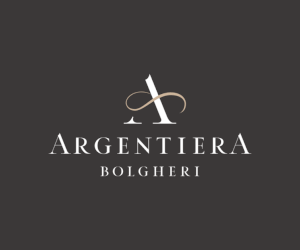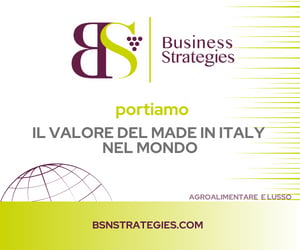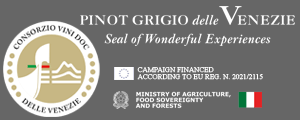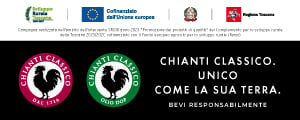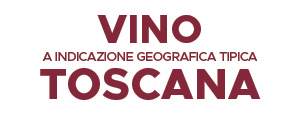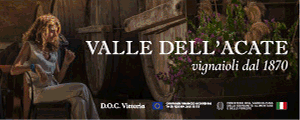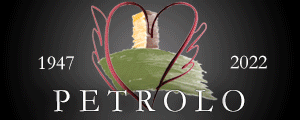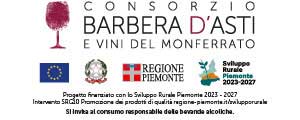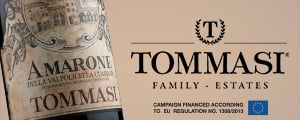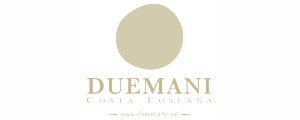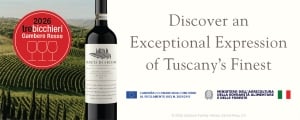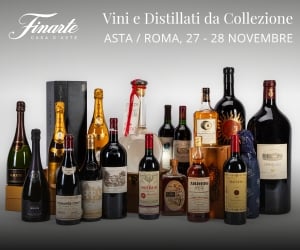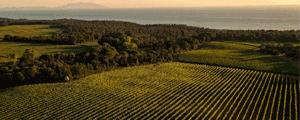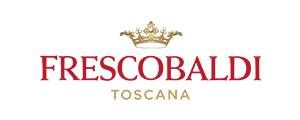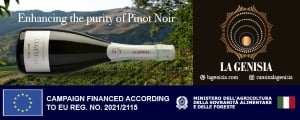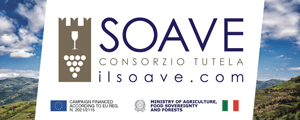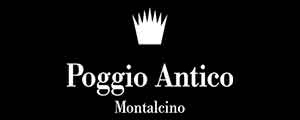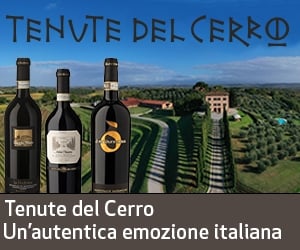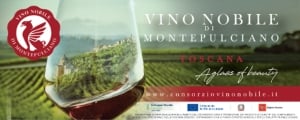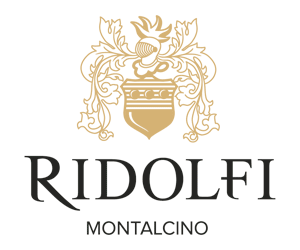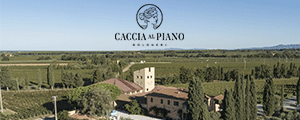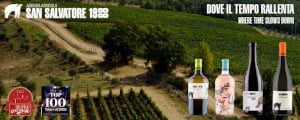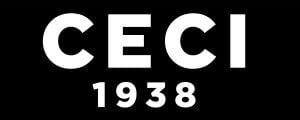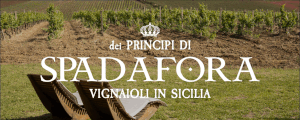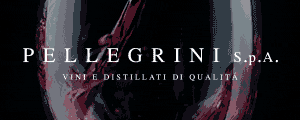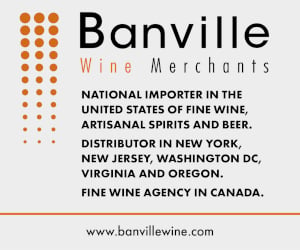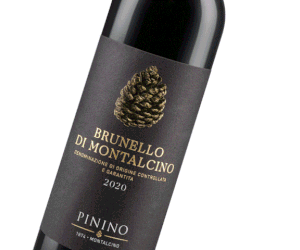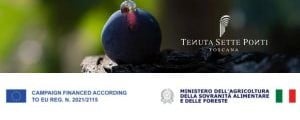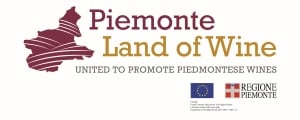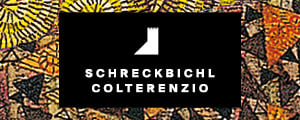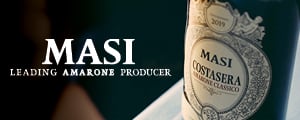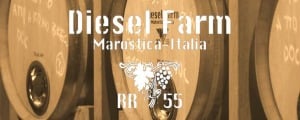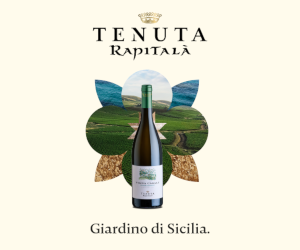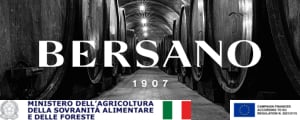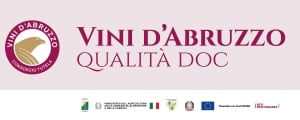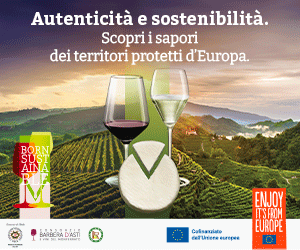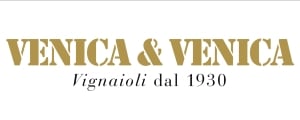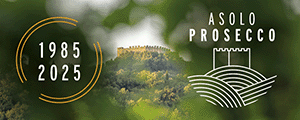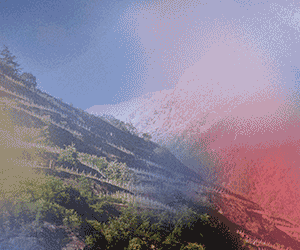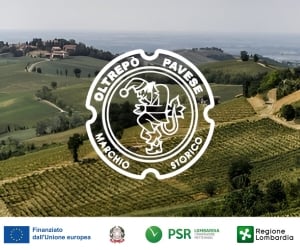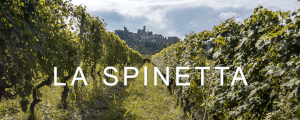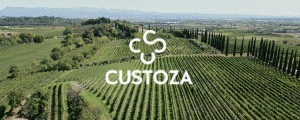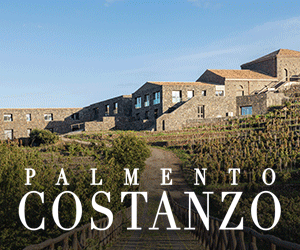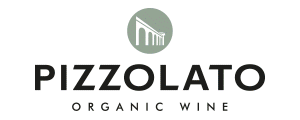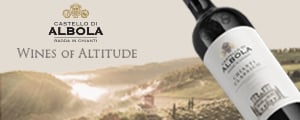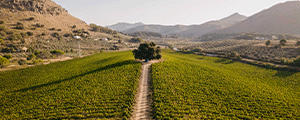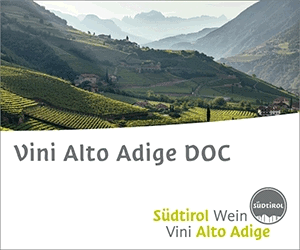With over 187,193 hectares of vineyards and a wine production exceeding 3.6 million hectoliters in 2024 (according to data from the Oiv - International Organisation of Vine and Wine), Romania ranks as the eighth largest vineyard area in the world and the twelfth in terms of production volume. It is a winemaking enclave in the heart of Europe, where viticulture, as often happens, has ancient roots. Today, it is widespread across all regions of the country, from Transylvania to Dobrogea, from Muntenia to Oltenia, from Banat to Moldova, Crisana, and Maramures, with a variety of PDO and PGI wines produced by over 500 active wineries, linked to both native and international grape varieties such as Fetească Albă, Fetească Regală, Riesling, Aligoté, Sauvignon, Muscat, Pinot Gris, Chardonnay, Tămâioasă Românească, Grasă de Cotnari, Galbenă de Odobești, as well as Merlot, Cabernet Sauvignon, Băbească Neagră, Fetească Neagră, and Pinot Noir, among the most widespread varities.
Romania is a country deeply connected to Italy. According to data from Cnel (National Council for Economy and Labour) regarding 2023, Romanians are the largest foreign resident group in Italy, with over 1 million people. It is a country which is not often talked about, yet over the years has given birth to many prominent cultural figures and more, from philosopher and poet Mihai Eminescu, considered the national poet, to George Enescu, Romania’s greatest composer; from playwright Eugène Ionesco, regarded as one of the founders of the “Teatro dell’Assurdo” - “Theatre of the Absurd” (alongside names like Samuel Beckett and Jean Tardieu), to Constantin Brancusi, considered one of the greatest sculptors of the 20th century; from Elie Wiesel, Jewish writer, journalist, and activist born in Transylvania, Nobel Peace Prize winner in 1986 for his commitment against indifference and in favor of Holocaust remembrance, to Nadia Comaneci, one of the most famous and successful gymnasts in history; from Ilie Năstase, one of the greatest tennis players of the 1970s (and former world No. 1), passing through, obviously, Vlad Tepes, prince born in Transylvania in the 1400s, known for his fight against the Turks and also famously known with his name Dracula (who inspired the vast literature on Count Dracula, and not only). And of course, Daniel Spoerri, one of the greatest contemporary artists, pioneer of Nouveau Réalisme and Eat Art, and inventor of the “tableaux-pièges” (trap-paintings). Of Romanian origin (born in 1930 in the town of Galați, his real name was Daniel Feinstein), Spoerri became a naturalized Swiss citizen many years ago. He placed food and the dining table at the center of much of his artistic production. A friend of Marcel Duchamp, his works are displayed in major museums around the world, but it is especially in his famous Garden in Seggiano, Tuscany, that many of his trap-paintings depicting lavishly set tables, reproduced and frozen in time, can be admired. An artist who is also credited with the birth of “Eat Art” (a name that inspired restaurants - also Spoerri opened one in Düsseldorf - worldwide), where cuisine and its utensils become interactive performances and the meal a tool for exploring the psychology of everyday life, of which food is an integral part.
Romanian foods and traditional dishes - from “ciorba” soup made with meat and vegetables, to “mici”, similar to sausages, or typical cheeses like Urda, which resembles ricotta - are no longer unusual to be found on the shelves of Italian supermarkets and shops: this cultural, anthropological, and partly gastronomic bond between Italy and Romania will be celebrated in Rome during the “National Day of Romanian Gastronomy and Wine”, including an event (upon invitation), organized by the Romanian Ambassador at the Holy See and the Sovereign Military Order of Malta George Gabriel Bologan. Among the tastings. Among other things, there will be wines from wineries such as Avincis Winery, one of the country’s most prestigious and historic, Cramele Recaș, one of the most internationally awarded, and Crama Corbuț, among others, to toast to the bond between Italy and Romania. Both countries, incidentally, are among the best in Europe for wine tourism, according to the “European Wine Tourism Index” launched by Tui Musement.
Copyright © 2000/2025
Contatti: info@winenews.it
Seguici anche su Twitter: @WineNewsIt
Seguici anche su Facebook: @winenewsit
Questo articolo è tratto dall'archivio di WineNews - Tutti i diritti riservati - Copyright © 2000/2025










